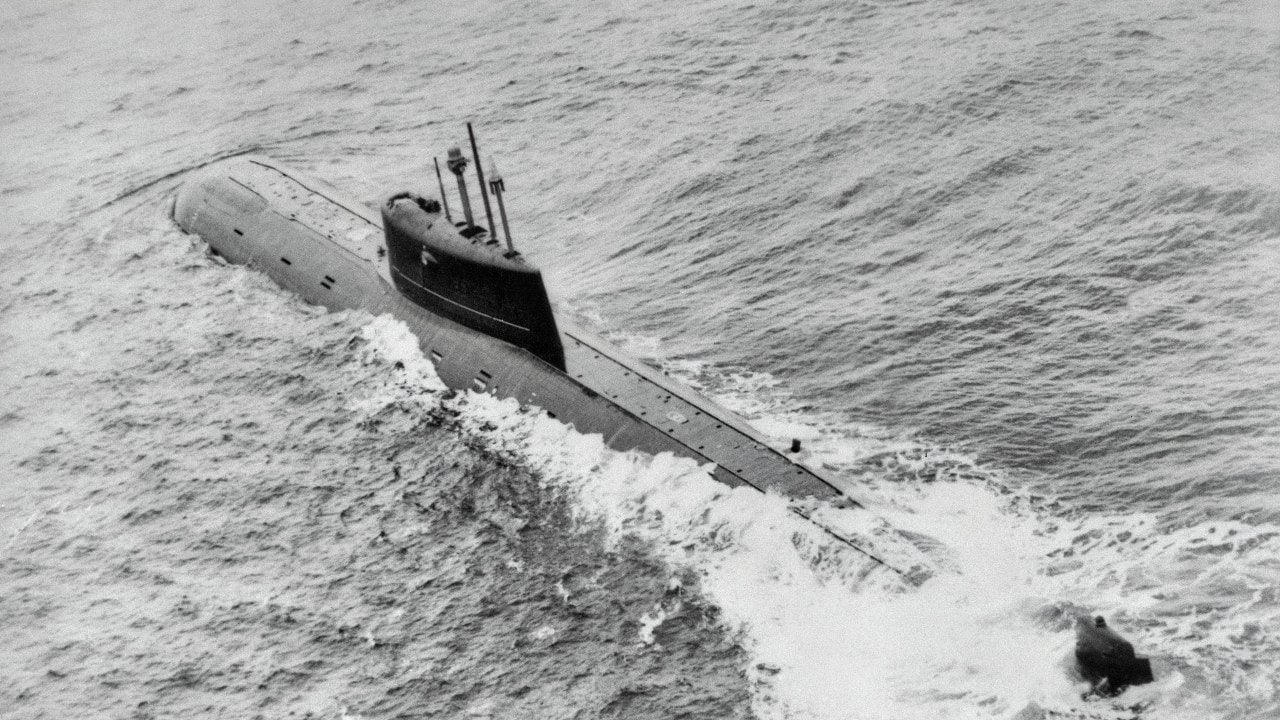The United States' endeavor to bridge the technological gap with China and Russia in the hypersonic weapons race has hit another roadblock, with the deployment of the Long Range Hypersonic Weapon System (LRHWS) now delayed until fiscal year 2025.
A report released by the Government Accountability Office (GAO) on June 17 reveals that the US Army will not be able to field its first LRHW battery until 2025 due to complications with the launcher and launch sequence. The LRHW, also known as 'Dark Eagle,' is a trailer-launched missile system with an estimated range of over 1,700 miles and a top speed of Mach 17, or 3.6 miles per second.
Despite the setback, the Department of Defense (DoD) is committed to resolving these issues and plans to test the missile and launcher together by the end of fiscal year 2024. The GAO report indicates that the Army's initial goal to field its first LRHW battery by fiscal year 2023 was missed due to integration challenges. Based on current schedules, the complete battery won't be fielded until 2025.
Even with a successful launch, the GAO warns of potential further delays due to concerns about missile performance during flight tests. Officials have indicated that performance issues could necessitate additional postponements. Once a fielding decision is made, the Army aims to have the eight missiles required for a battery ready within 11 months.
This delay is significant given the escalating hypersonic arms race. In September 2023, the Army acknowledged missing its original target of fielding the first battery by the end of fiscal 2023 due to launcher problems. Doug Bush, the head of Army acquisition, noted that a new plan was being developed, but this too has faced challenges.
Since 2021, the LRHW program has experienced multiple test failures, attributed to missile malfunctions and launcher issues. The GAO reported the cancellation of two tests in 2023. Meanwhile, China and Russia have successfully deployed several hypersonic weapons, with the US struggling to keep pace. For example, the US Air Force canceled the AGM-183A Air-launched Rapid Response Weapon (ARRW) program after several failed tests. Although the USAF is focusing on the Hypersonic Attack Cruise Missile (HACM), its deployment is still distant.
In June 2022, the Navy faced a setback when an Intermediate-Range Conventional Prompt Strike (IRCPS) missile test experienced an in-flight anomaly. Despite swift corrective actions, the fielding schedule has slipped. The Navy is now developing the Hypersonic Air-Launched Offensive Anti-Surface Warfare (HALO) program, expected to be ready by 2029.
China, the US's primary adversary, has advanced significantly in hypersonic capabilities, unveiling the DF-27 and an air-launched variant of the YJ-21 in the past year. Russia has already deployed the Kinzhal and Zircon hypersonic weapons in combat. Even nations like Iran and North Korea are alleged to have operational hypersonic weapons, highlighting the urgency for the US to resolve its technological challenges.
The GAO's recent report paints a concerning picture as the 'Dark Eagle' was intended to be the US Army's first hypersonic weapon. Army spokeswoman Ellen Lovett emphasized that for operational security, test timings cannot be disclosed in advance. The continuous delays due to technical issues hamper the US's progress in the hypersonic domain.
The LRHW, part of a collaboration between the Army and Navy, includes four trailer-based launchers, each with two canister missiles transported on M870 trailers, and a command vehicle overseeing operations. The Dark Eagle's design features an unpowered hypersonic boost-glide vehicle launched by a rocket booster to achieve hypersonic speeds.
Lockheed Martin, tasked with integrating the Army’s hypersonic capabilities, is under a $756 million contract to enhance the LRHW. With rival states achieving significant advancements, it is critical for the US to overcome these technical hurdles and deploy its hypersonic weapons soon.


:quality(70)/cloudfront-us-east-1.images.arcpublishing.com/archetype/Z5GBQ6EPPBGXLGUYNH3QYUB42M.jpg)



